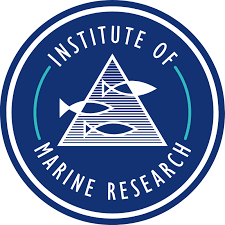Oxygen production and respiration in the water column
Type of resources
Topics
INSPIRE themes
Keywords
Contact for the resource
Provided by
Representation types
-

FERRY is installed on the coastal steamer MV Vesterålen measuring T, S, Chlorophyll fluorescence and oxygen permanently as well as 30 individual samples are taken on all roundtrips from Bergen-Kirkenes and back. This roundtrip is repeated every 11 days throughout the year.
-

The NorFerry infrastructure started back in 2001 and covers a network of 5 Ferrybox-systems in the Baltic, North Sea, Atlantic Sea and Arctic areas. Two of them are offered to TNA. FA is installed on a ferry. The system has the core sensor with thermosalinograph, inlet temperature sensor, oxygen, Chl-a fluorescence, turbidity and system for water sampling. FA has also the additional fluorescence sensor of PAH, Pycocyanin and cDOM and passive sampling unit for contaminants. FA has spectrophotometric pH and a membrane based solid state detector pCO2 system, and radiometers for marine reflectance of the sea surface. Data are transferred daily via internet communication to a NIVA database as part of the CMEMS. The infrastructure is used for physical, pelagic biodiversity, chemical (contaminants) and biogeochemical (marine acidification) studies.
-

COSYNA (Coastal Observation System for Northern and Arctic Seas) is an operational coastal monitoring, forecasting and information system for the North Sea composed by fixed platforms,FerryBoxes, gliders and HF-radar systems. It is being developed by institutes of the German Marine Research Consortium (KDM) and collaborating institutions and is operated by the HZG Research Centre. The infrastructure represents an investment of 9 M €. It was build up since 2007 and is fully operational since 2012. AWIPEV_UNS is designed as an experimental platform project between the HZG and the AWI to host sensors and sensor units in a polar fjord system. The system provides underwater data connection and power as well as a server infrastructure for system and sensor control. Attached is an upward looking ADCP and a CTD plus sensors for turbidity, oxygen, chl-a fluorescence.
 Metadata catalogue
Metadata catalogue